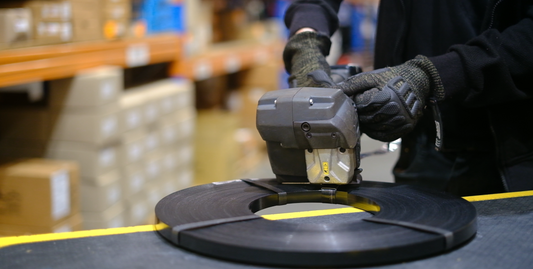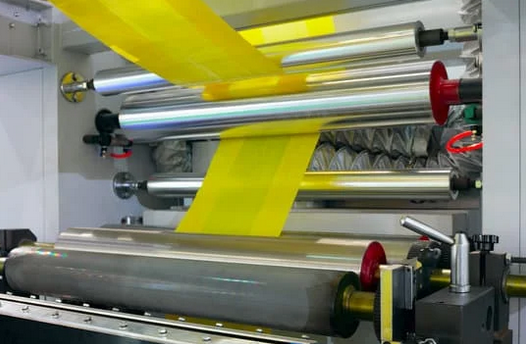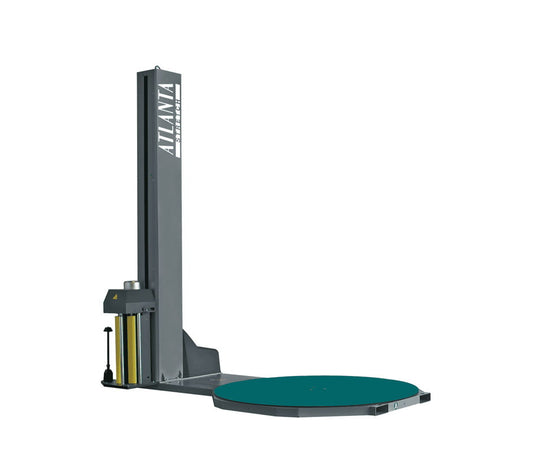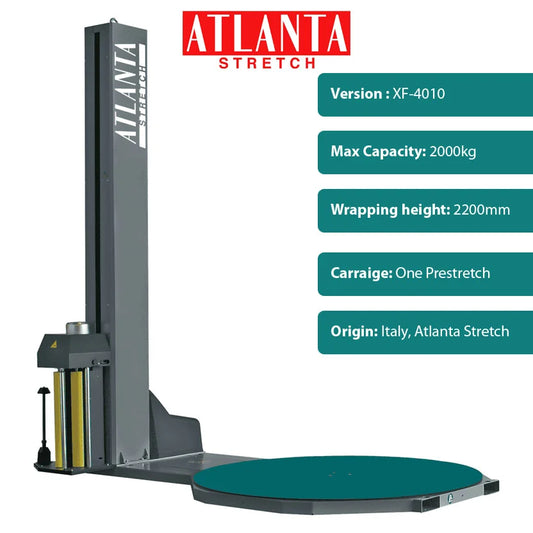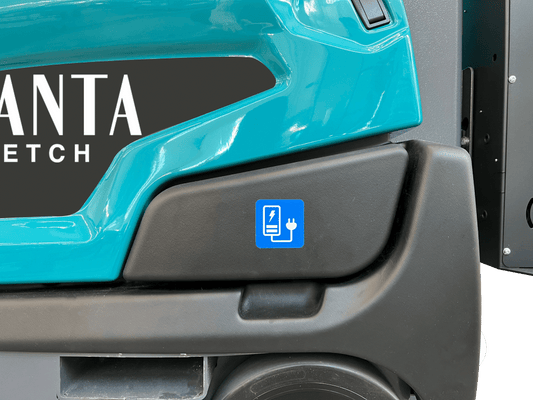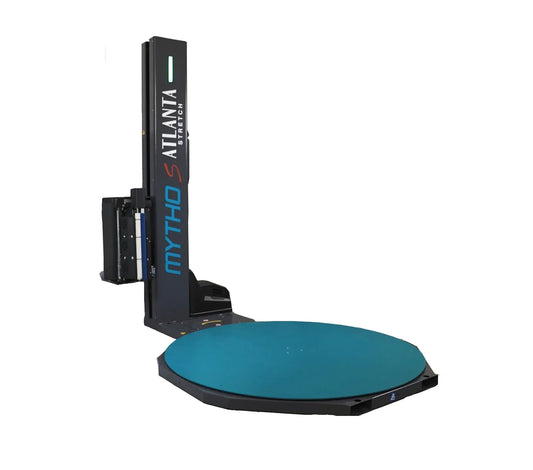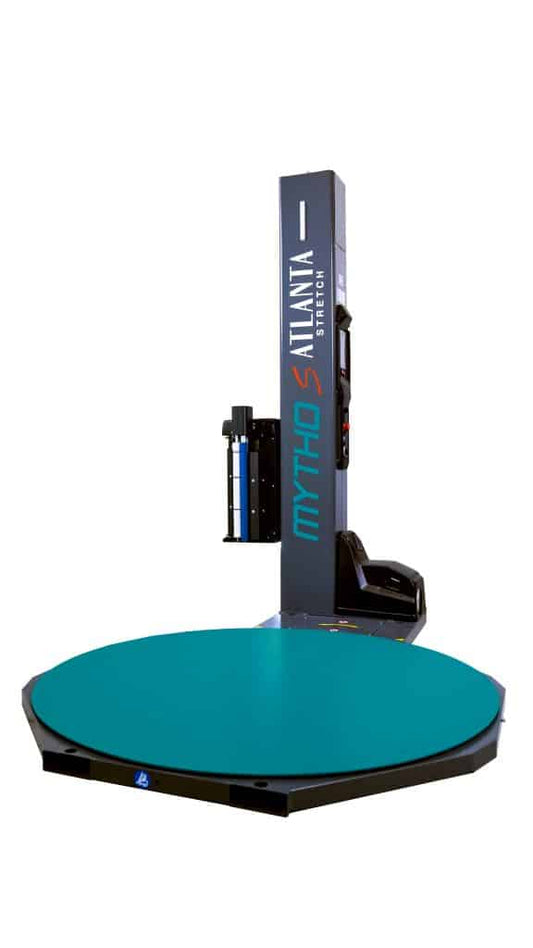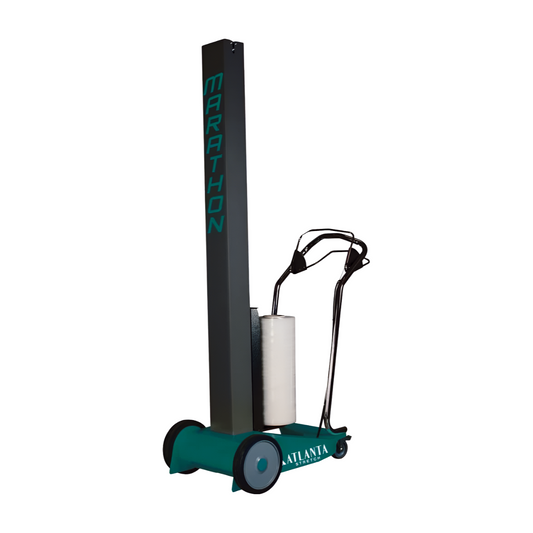Unfortunately the consumer and industrial markets are rife with greenwashing, with companies wanting to go green & regulations coming in from APCO for greener products and a competitive packaging market, many companies are introducing products that aren't so green, while OXO was seen a great product when it was introduced, just like leaded petrol was, we've later discovered that its actually pretty bad for us, and possible even worse than just using regular plastic.
About OXO degradable stretchwrap
Oxo-biodegradable stretch wrap is a type of plastic stretch film designed to degrade more quickly than traditional plastic wraps. It contains special additives that accelerate the breakdown process when exposed to oxygen, heat, and UV light. Unlike compostable plastics, which break down into organic matter, oxo-biodegradable plastics first degrade into smaller fragments before eventually breaking down further with microbial activity.
Key Features:
- Accelerated Degradation: The oxo-biodegradable additives speed up the oxidation process, making the plastic brittle and causing it to fragment over time.
- Environmental Impact: While it reduces plastic waste compared to conventional stretch wrap, it still requires proper environmental conditions to fully degrade.
- Uses: Commonly used in pallet wrapping, packaging, and shipping applications where sustainability is a concern.
- Limitations: Some environmental groups argue that oxo-biodegradable plastics contribute to microplastic pollution if not properly managed.
What is the OXO additive?
Oxo-degradable stretch wrap typically contains metallic salts as additives, which act as pro-oxidants to accelerate the degradation process. These additives are often based on elements like:
- Iron (Fe)
- Manganese (Mn)
- Cobalt (Co)
- Nickel (Ni)
How It Works:
- Oxidation Initiation: The metal salts react with oxygen, heat, and UV light, breaking down the polymer chains in the plastic.
- Fragmentation: The plastic becomes brittle and disintegrates into smaller pieces.
- Final Breakdown: Over time, these fragments are consumed by microbes, eventually converting into carbon dioxide, water, and biomass under the right conditions.
Note: Oxo-degradable plastics are controversial because if they break into microplastics before being fully biodegraded, they can contribute to pollution. Some countries have even banned them in favor of compostable alternatives.
Yes OXO stretchwrap is just regular LLDPE with an additive.
Yes a Oxo-degradable stretch wrap is mostly regular LLDPE (Linier low density polyethylene with an additive.
How It Differs from Regular Plastic Wrap:
- Base Material: Still made from traditional plastic (PE or PP).
- Additives: Contains metallic salts (like iron, manganese, or cobalt) that trigger oxidation.
- Degradation Process: Breaks down faster than regular plastic when exposed to oxygen, heat, and UV light.
- Final Breakdown: Eventually turns into smaller fragments, which microbes can consume under the right conditions.
Dangers of Microplastics from Oxo-Degradable Stretch Wrap
Oxo-degradable plastics, including stretch wrap, break down into small fragments, leading to microplastic pollution. These tiny plastic particles (typically less than 5mm in size) pose several risks:
1. Environmental Impact
- Soil Contamination: Microplastics from oxo-degradable wrap can mix with soil, affecting plant growth and soil health.
- Water Pollution: They can end up in rivers and oceans, harming aquatic life.
- Persistence: Unlike compostable plastics, oxo-degradable microplastics don’t fully disappear quickly—they can take years to break down.
2. Harm to Wildlife
- Ingestion: Marine and land animals mistake microplastics for food, leading to internal blockages, malnutrition, and even death.
- Toxin Accumulation: Plastics absorb harmful chemicals (like pesticides and heavy metals), which then enter the food chain when animals consume them.
3. Human Health Risks
- Food Contamination: Microplastics are found in seafood, drinking water, and even table salt.
- Toxicity: Chemicals leached from plastics may disrupt hormones and contribute to health issues like cancer, infertility, and immune system damage.
- Airborne Exposure: Tiny plastic particles can become airborne, entering the lungs and causing respiratory problems.
Should You Avoid Oxo-Degradable Plastics?
Oxo-degradable plastics were marketed as "eco-friendly," but many experts argue they are just as harmful as regular plastic—sometimes worse because they create microplastics faster. Some countries have even banned them in favor of compostable or fully biodegradable alternatives.
Several countries and regions have implemented bans or restrictions on oxo-degradable plastics due to environmental concerns. Notable examples include:
-
European Union (EU): Effective from July 3, 2021, the EU banned all products made from oxo-degradable plastics as part of its Single-Use Plastics Directive.
-
France: Implemented a ban on oxo-degradable plastics starting January 2017.
-
Spain: Has restricted the use of oxo-degradable plastics in line with EU directives.
-
Switzerland: Banned oxo-degradable plastics from April 2022, aligning with EU regulations.
- Australia: Australia has passed legislation in South australia banning the sale of OXO products.
Conversely, some countries have mandated the use of oxo-degradable plastics. For example, Saudi Arabia, the United Arab Emirates, and Pakistan have legislated to make oxo-biodegradable plastic mandatory. biodeg.org
Are there biodegradable alternatives to OXO stretchwrap?
PBAT (Polybutylene Adipate Terephthalate) is a better solution than oxo-degradable stretch wrap for several reasons:
1. Fully Biodegradable & Compostable
- PBAT is designed to completely break down into water, CO₂, and biomass in industrial or home composting conditions.
- Unlike oxo-degradable plastics, it does not leave behind microplastics.
2. No Microplastic Pollution
- Oxo-degradable plastics break into tiny fragments, which persist in the environment and enter the food chain.
- PBAT, on the other hand, undergoes true biodegradation through microbial activity.
3. Flexible & Strong Like Traditional Plastic
- PBAT has stretchability and durability similar to polyethylene (PE), making it a viable alternative for stretch wrap applications.
- It is often blended with PLA (polylactic acid) or starch to improve its mechanical properties.
4. Accepted in Composting Facilities
- PBAT meets international compostability standards like EN 13432 (EU) and ASTM D6400 (USA).
- It is approved for industrial composting, whereas oxo-degradable plastics are banned in many places due to their harmful impact.
When Should You Choose PBAT Over Oxo-Degradable Stretch Wrap?
- If environmental impact is a priority (e.g., sustainable packaging).
- When the end-of-life disposal is controlled (e.g., composting or organic waste streams).
- If you want to avoid microplastic pollution and comply with global regulations.
We hope you found this blog informative, we will soon be launching a new Bio degradable stretchwrap made from PBAT.


